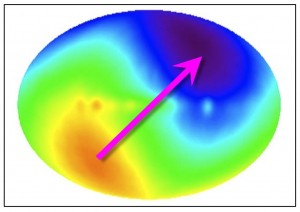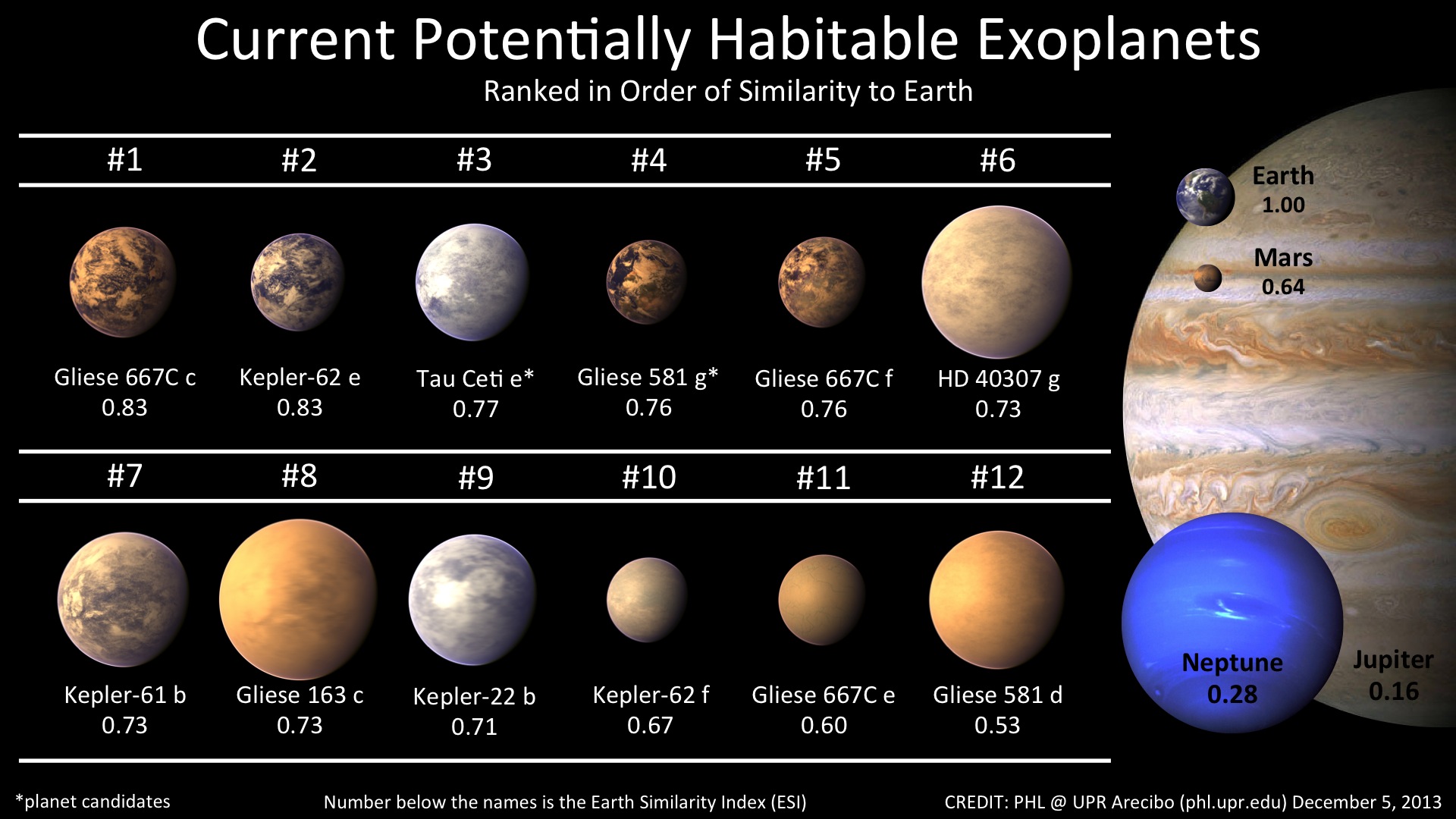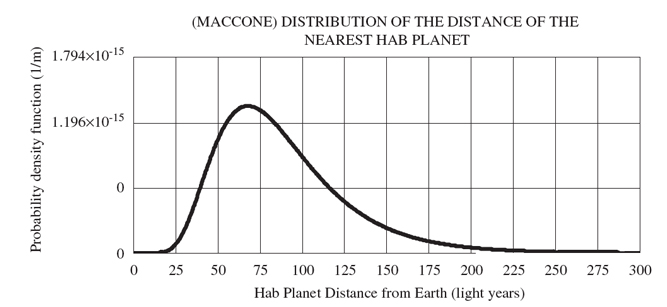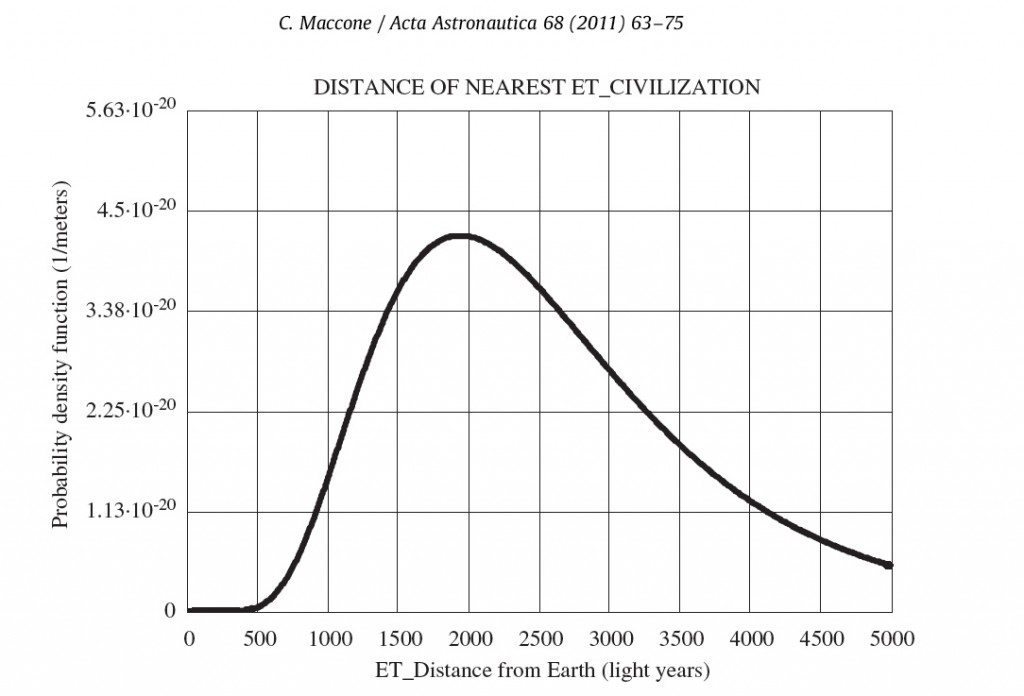Destination Estimates
The universe is a very big place.
For an idea of just how big, check out this excellent website, which shows the scale of objects in the universe ranging from quantum foam to the entire universe itself. The possibilities out there are greater than we know and perhaps even greater than we can imagine. More and more exoplanets (planets around other stars) are being discovered every week. To see the latest tally, click here.
Tau Zero is especially interested in habitable planets, and more specifically, how far we would have to travel to reach one. These data affect how we will design interstellar craft.
Personally (Marc Millis speaking), I would like to see the first habitable planet discovered named “Destiny.” Before reaching our Destiny, so to speak, what other destinations are worth visiting, and why?
What We Know is Out There
In terms of lightspeed flight time
- ½ day – Voyager-1 (first interstellar craft)
- 1 day – Exiting the bow shock of our sun and into open interstellar space
- 2 months – Gravitational lens focal point of our sun begins
- ½ year – Middle of the Oort cloud
- 4.2 yrs – Nearest neighboring star, Proxima Centauri
- 4.4 yrs – Nearest neighboring star system known to have planets, Alpha Centauri (Binary, 2-sun system)

Understanding the Universe by Envisioning Flight through the Universe
What is spacetime made of? What can we learn about the unsolved physics of spacetime by contemplating flight through the cosmos?

Our motion through the universe can be measured by looking at the Cosmic Microwave Background. Its waves get blue-shifted in the direction we are heading, and red-shifted in the direction we are coming from.
While cosmologists ponder the anomalous homogeneity of this background, space travelers can use it as an absolute reference frame for motion through the universe, and as clues for deciphering the stuff of space.
“To explore strange new worlds, to seek out new life and new civilizations…”
– Star Trek
Estimated distances to new worlds, new civilizations, in terms of light speed flight time (For trip times at contemporary spacecraft speed, tack on 4 zeros [decimal places] to these estimates):
- 20 yrs – Nearest possibly-habitable planet
- 90 yrs – Peak probability of habitable planet location
- 500 yrs – Possibly nearest civilization
- 2000 – yrs Peak probability of nearest civilization location

Image: Artist’s conception of potentially habitable exoplanets, with Earth and Mars to scale. Credit: The Habitable Exoplanets Catalog, PHL @ UPR Arecibo.
Probability of Distance to Habitable Planets and Civilizations


These numbers are just provisional estimates at the moment. Claudio Maccone, a Tau Zero practitioner, has been converting the simplistic Drake Equation and Fermi Paradox into more insightful, statistical forms. One of the projects that we would like to finish is to update these estimates to include the latest, most reliable data.
Content Contributors
- Marc Millis
- Paul Glister
